Severance Music Center
Presents

Yefim Bronfman in Recital



Yefim Bronfman in Recital

(you’ll never hear this again when you become a music champion!)

The generous support of one individual can bring once-in-a-lifetime experiences to a whole community. Unique sponsorship opportunities are now available in support of the Mandel Opera & Humanities Festival and Classical Season guest artists such as Yuja Wang, Klaus Mäkelä, Lang Lang, Thomas Hampson, Beatrice Rana, Matthias Goerne, Evgeny Kissin, and more.
Explore the exclusive benefits available to you as a sponsor by contacting Justine Porter, Director of Major and Programmatic Gifts: jporter@clevelandorchestra.com
216-231-7556
Presents
Jack, Joseph and Morton Mandel Concert Hall at Severance Music Center
Sunday, March 10, 2024, at 3 PM
FRANZ SCHUBERT (1797–1828)
Piano Sonata No. 14 in A minor, D. 784, Op. posth. 143
I. Allegro giusto
II. Andante
III. Allegro vivace
ROBERT SCHUMANN (1810–1856)
Faschingsschwank aus Wien (Carnival Scenes from Vienna), Op. 26
I. Allegro
II. Romanze
III. Scherzino
IV. Intermezzo
V. Finale
INTERMISSION
FRÉDÉRIC CHOPIN (1810–1849)
FRÉDÉRIC CHOPIN
Nocturne No. 8 in D-flat major, Op. 27, No. 2
Piano Sonata No. 3 in B minor, Op. 58
I. Allegro maestoso
II. Scherzo: Molto vivace
III. Largo
IV. Finale: Presto non tanto
Yefim Bronfman’s performance is sponsored by Michael Frank and Patricia A.* Snyder.
*deceased
Composed: 1823
Duration: about 20 minutes
“Schubert was not an elegant pianist, but he was a safe and very fluent one,” wrote his friend Anselm Hüttenbrenner. Not a virtuoso, perhaps, but then he would never have played this sometimes very difficult music in public. (In Schubert’s time, piano sonatas were typically intended for domestic use, not for public display.) Very little of it was published in his lifetime, even though there was a lively market for piano music and songs. It was thus hidden from the next generation of pianists, such as Chopin and Liszt, and, unlike Beethoven’s sonatas, contributed little to the historical development of the piano.
But since there is a wayward, private character in Schubert’s music, when he seems to be following the thread of his inventiveness down new, secret paths, perhaps this does not matter. We follow the composer’s lead and accept the leisurely pace, with unexpected twists and turns at every corner.
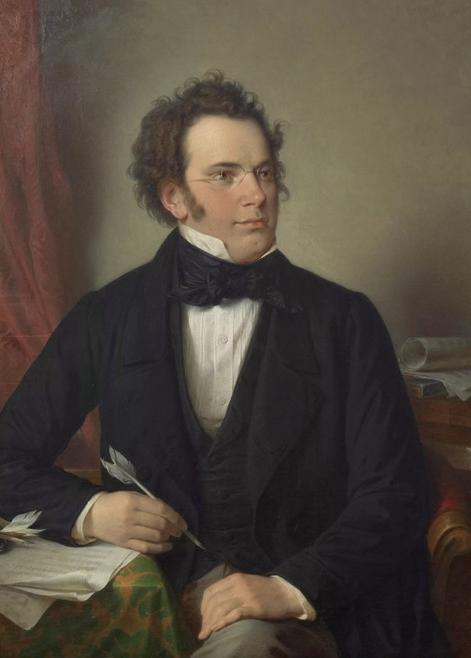
The Sonata in A minor, D. 784, was composed early in 1823, shortly after the “Unfinished” Symphony. It was a difficult time for Schubert. His health was troubling, and his publishers were constantly shortchanging him, if they accepted his compositions at all. Having offered this work to the Viennese publisher Diabelli, he withdrew it in a fit of pique. Ironically, it was Diabelli who eventually published the work some 10 years after the composer’s death.
Schubert had been writing piano sonatas since 1815, when he was 18. The early ones are far from negligible, but the final nine are recognized as the core of his great achievement in this sphere. This A-minor sonata is the first of the nine, and it is a work of somewhat stark character, free of the “heavenly lengths” (Robert Schumann’s term) in which Schubert often indulges. His normal model was the four-movement sonata established by Beethoven, but here there are only three movements, and the central Andante is unexpectedly concise.
The first movement is a splendid illustration of a pervasive characteristic of Schubert’s music — the driving pulse, which has been likened to a pendulum, with the strong and weak beats of the bar in constant alternation. It applies to themes of widely different types, and presents the player with the dilemma of feeling the demand for rubato — the lingering over lyrical phrases — while the pulse seems to forbid any
departure from the metronomic march of the music. Interpreters of his music vary widely in their approach to this mysterious contradiction.
In both first and second movements, noisy passages spring from nowhere in the central sections, like suppressed rage, only to be quietened by the composer’s magical sleight of hand with key changes.
The scurrying finale makes more serious demands on the player’s technique, especially in the burst of double octaves at the end. But with Schubert you never lose sight of the enchanting lilt of his melodies and the soft heart behind the frown.
Composed: 1839
Duration: about 20 minutes
Carnival Scenes from Vienna (sometimes translated as Carnival Joke from Vienna) is one of the most fanciful titles Robert Schumann gave to the stream of piano pieces he composed in the 1830s. His devotion to songs, symphonies, and chamber music was still in the future, for he was absorbed by his own aspirations to be a pianist (already virtually abandoned) and by his total infatuation with Clara Wieck, a prodigy pianist nine years his junior, destined to be his wife and the leading piano pedagogue of the century.
In the winter of 1837–38, Clara went to Vienna with her father to give a series of recitals which were a triumphant success. This encouraged Schumann to move to the city, taking with him the Neue Zeitschrift für Musik , the music journal he had founded in Leipzig four years earlier. The winter he spent there, a year later than Clara, was not a success since prospects of publishing were poor under heavy Austrian censorship. Schumann also discovered that Vienna was far from the musical mecca it had been in the time of Haydn, Mozart, and Beethoven, instead caring only for Rossini and Strauss waltzes. “Vienna,” he reported, “is the city where Beethoven lived; and there is perhaps no place in the world where Beethoven is so little played and mentioned as Vienna. There they fear everything new, every departure from the lazy old rut.”
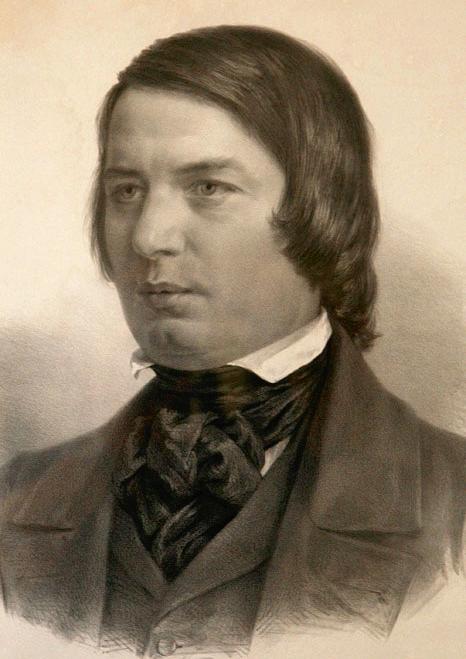
Still, he composed a great deal there, including the Carnival Scenes from Vienna , a fanciful series of pieces whose title suggests the noisy exuberance of Vienna’s carnival at Mardi Gras, which he witnessed in 1838 just before his return to Leipzig. Several years earlier, in 1835, he had composed Carnaval , in which the traditional characters of the Commedia dell’arte are individually illustrated, but here the music paints no literal picture of high jinks in the streets. It merely explores the wonderful musical poetry that poured out of his pen at this time of his life. The “joke” in the alternate translation of the work’s title resides in a brief quotation of “La Marseillaise” in the first movement, a tune then forbidden in Vienna from a characteristically outdated resentment of Napoleon.
In Schumann’s mind, this was to be a “great romantic sonata,” and its five movements may be seen as a kind of sonata, with three character pieces framed by two more substantial movements. He preferred to build movements out of separate and distinct episodes rather than by thematic development, so the first movement is a rondo, with its main episode recurring several times and a coda recalling some of the intervening material.
The Romanze is brief, uncomplicated, and deeply romantic; Schumann at his most heartfelt. The Scherzino is built on a single repetitive idea, allowing only meager space for a contrasting theme before dissolving. In the Intermezzo, a passionate melody sails gloriously above a flurry of notes in the middle voice. The melody descends comfortably to the bass at the end.
If Schumann thought of this music as a sonata, it is the Finale which matches the description. It moves at great speed, calling for virtuosity and some crafty crossing of the hands, and its satisfying conclusion demonstrates that the composer enjoyed pouring out his soul in this fashion, whether the Viennese carnival impressed him or not.
Composed: 1836
Duration: about 5 minutes
Two composers are usually credited with providing models for Chopin’s mature style: the Irishman John Field and the Italian Vincenzo Bellini. The two features that all three composers prominently shared were a gift for languorous melody and a fondness for triple time. Of Chopin’s 21 nocturnes, 16 of them are built on a triplet pulse. The D-flat nocturne is perhaps the best known and exploits both stylistic features to the full.
The drooping melody effortlessly convinces the listener that the piano is a singing voice, not a machine full of percussive hammers, and in Chopin’s hands this melody blossoms sublimely with ornaments and decorative fancy. The triplet pulse is heard throughout in the flowing six-note figure to which the left hand is committed in every bar, leaving the right hand free to extemporize, as if they were separate instruments.
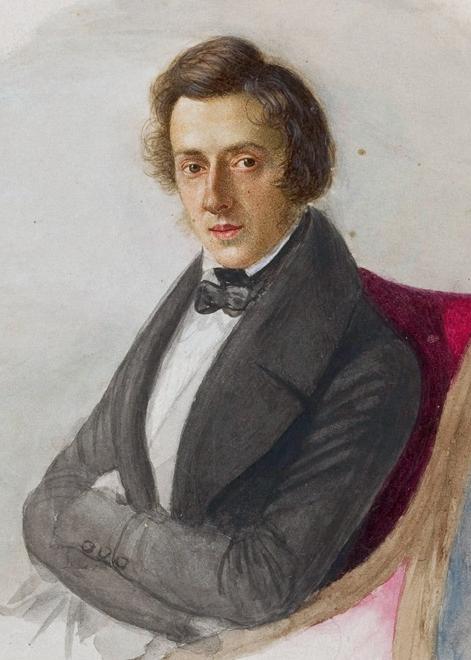
The design of the piece rests on the main melody being heard three times, always in the home key of D-flat major, but with delicate variations introduced. The second part of the theme always follows, but in three different keys. To affirm the romantic warmth of this key, one of Chopin’s favorites, the nocturne ends with the key note, D flat, repeatedly in the bass over the last dozen bars, in perfect tranquility.
Composed: 1844
Duration: about 30 minutes
This sonata is a serious and complex work, composed at the apex of Chopin’s maturity in 1844. In most of his music he was clearly drawn to shorter forms in one movement — études, nocturnes, mazurkas — instead of the Beethovenian symphonic model. He never attempted a symphony, much less an opera, but the three piano sonatas are substantial works, all in four movements.
The B-minor sonata was written at a difficult time in his life. His health, never good, was a source of worry; his father had died the year before; he had given up performing in public for good (almost); and his relationship with George Sand, which had taken off so joyously in 1837, was under strain, soon to come to an end. It is clear that composing was a perfect solace, and that he gave his full attention to the form and detail of a work such as this, with its abundance of notes, its furious management of modulation from key to key, and its prodigal inventiveness.
There are melodies that stand out by being played in the right hand as single notes against a smoothly flowing left hand, similar to the mood of the nocturnes, but these are surrounded by active music full of flowing counterpoint and chromatic inner detail. This is music for powerful pianists, not afraid of scales and passagework in both hands spread across the keyboard. It has been said of the first movement that it “is packed with material sufficient for 25 sonatas by a composer 25 years previously.”
The Scherzo gives the right hand an unbroken flow of notes at top speed. Contrast is provided by the longer, calmer middle section, but the return of the whirlwind is inevitable. The Largo provides the profound core of the work, as slow movements should. Rich in melody and harmonic color, this movement has a breadth and serenity that recall the mood of Beethoven’s later piano sonatas.
The Finale has a driving pulse throughout, even when the right hand is once again cascading up and down the upper octaves of the piano. It makes a solid and satisfying capstone for a mighty structure built by a master hand.
— Program notes by
Hugh MacdonaldInternationally recognized as one of today’s most acclaimed and admired pianists, Yefim Bronfman stands among a handful of artists regularly sought by festivals, orchestras, conductors, and recital series. His commanding technique, power, and exceptional lyrical gifts are consistently acknowledged by the press and audiences alike.
Following summer festival appearances in Verbier, Israel, Aspen, the Grand Tetons, and Sun Valley, Bronfman’s 2023–24 season began with a European tour celebrating the auspicious 500th anniversary of the Munich Opera and Orchestra with concerts in Lucerne, Bucharest, London, Paris, Linz, Vienna, and Munich. In partnership with Amsterdam’s Royal Concertgebouw Orchestra, he toured Japan and Korea followed by return engagements in the US throughout the season with the New York Philharmonic, the Boston, Kansas City, National, Milwaukee, Pittsburgh, and San Francisco symphonies, and the Minnesota Orchestra. An extensive winter/spring recital tour began in Ljubljana and includes Milan, Berlin, Cleveland, Chicago, Vancouver, Seattle, San Francisco, Los Angeles, La Jolla, and culminates in Carnegie Hall in early May.
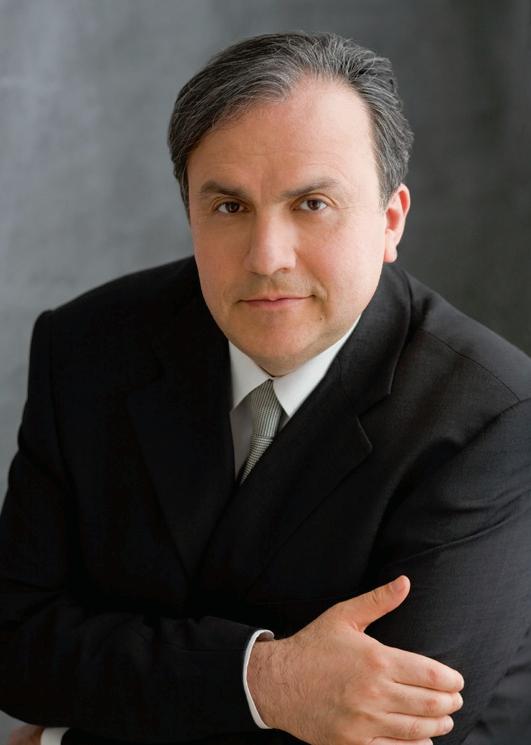
Born in Tashkent in the Soviet Union, Bronfman immigrated to Israel with his family in 1973, where he studied with pianist Arie Vardi, head of the Rubin Academy of Music at Tel Aviv University. In the United States, he studied at The Juilliard School, Marlboro School of Music, and the Curtis Institute of Music, under Rudolf Firkusny, Leon Fleisher, and Rudolf Serkin. A recipient of the prestigious Avery Fisher Prize, one of the highest honors given to American instrumentalists, in 2010 he was further honored as the recipient of the Jean Gimbel Lane Prize in Piano Performance from Northwestern University, and in 2015 he received an honorary doctorate from the Manhattan School of Music.
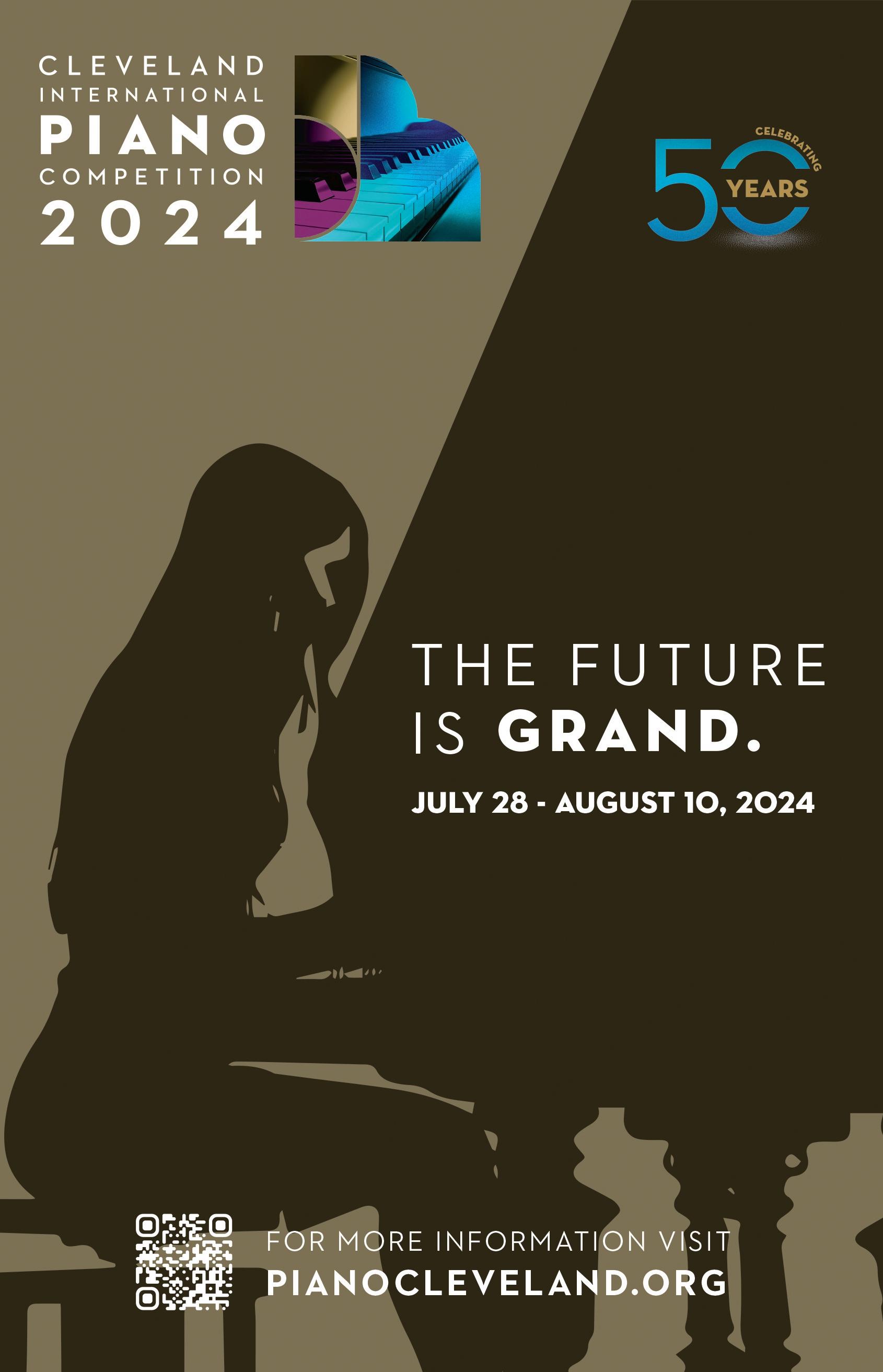
Now in its second century, The Cleveland Orchestra, under the leadership of Music Director Franz Welser-Möst since 2002, is one of the most sought-after performing ensembles in the world. Year after year, the ensemble exemplifies extraordinary artistic excellence, creative programming, and community engagement. The New York Times has called Cleveland “the best in America” for its virtuosity, elegance of sound, variety of color, and chamber-like musical cohesion.
Founded by Adella Prentiss Hughes, the Orchestra performed its inaugural concert in December 1918. By the middle of the century, decades of growth and sustained support had turned it into one of the most admired globally.
The past decade has seen an increasing number of young people attending concerts, bringing fresh attention to The Cleveland Orchestra’s legendary sound and committed programming. More recently, the Orchestra launched several bold digital projects, including the streaming broadcast platform Adella, the podcast On a Personal Note, and its own recording label, a new chapter in the Orchestra’s long and distinguished recording and broadcast history. Together, they have captured the Orchestra’s unique artistry and the musical achievements of the Welser-Möst and Cleveland Orchestra partnership.
The 2023–24 season marks Franz Welser-Möst’s 22nd year as music director, a period in which The Cleveland Orchestra earned unprecedented acclaim around the world, including a series of residencies at the Musikverein in Vienna, the first of its kind by an American orchestra, and a number of acclaimed opera presentations.
Since 1918, seven music directors — Nikolai Sokoloff, Artur Rodziński, Erich Leinsdorf, George Szell, Lorin Maazel, Christoph von Dohnányi, and Franz WelserMöst — have guided and shaped the ensemble’s growth and sound. Through concerts at home and on tour, broadcasts, and a catalog of acclaimed recordings, The Cleveland Orchestra is heard today by a growing group of fans around the world.
@ClevelandOrchestra
@CleveOrchestra
@CleveOrch
@clevelandorchestra
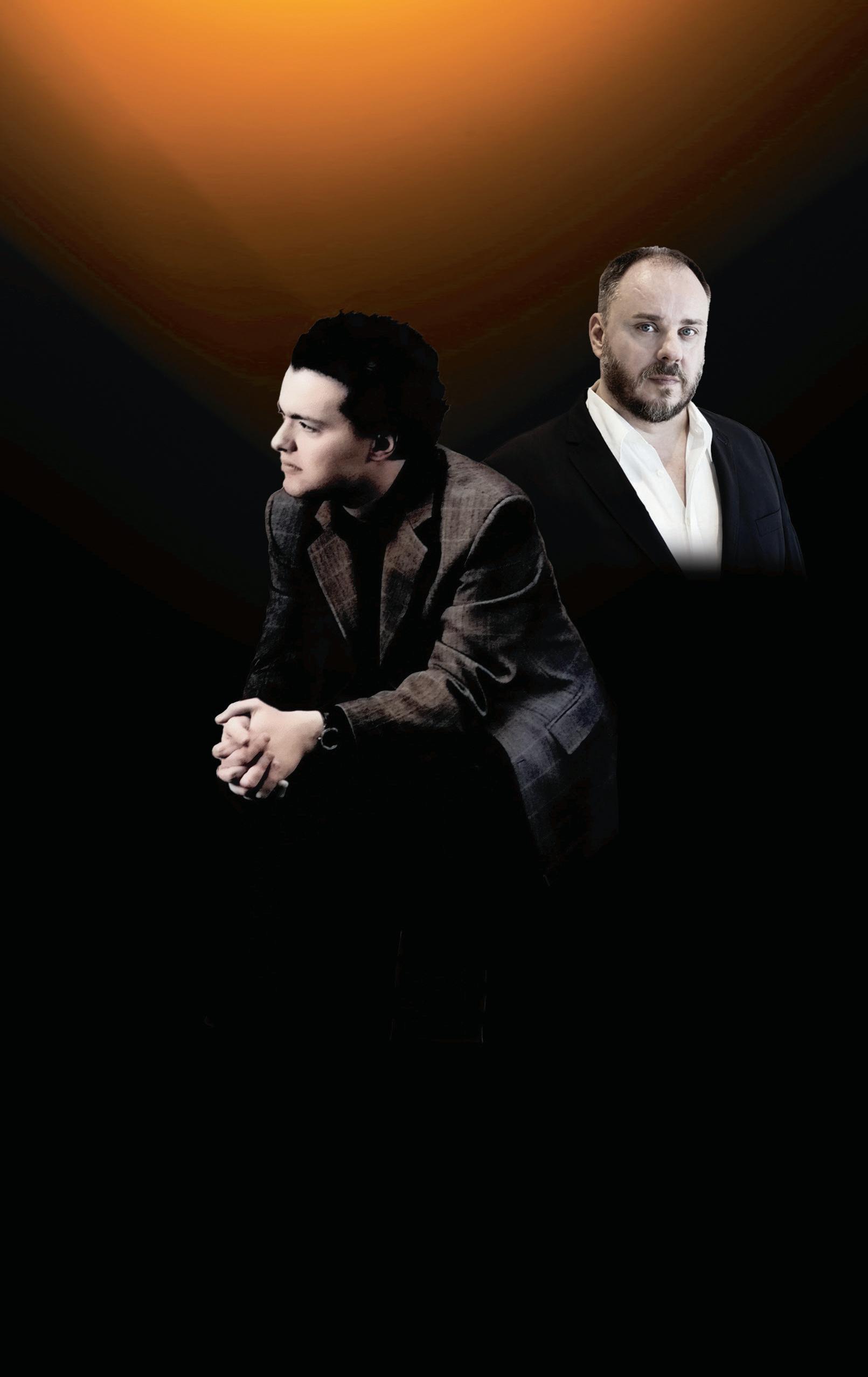
Evgeny Kissin & Matthias Goerne
Perform Brahms and Schumann
APR 14 l SUN 3 PM
Evgeny Kissin, piano Matthias Goerne, baritone Mandel Concert Hall
Program to include: R. SCHUMANN Dichterliebe
BRAHMS Selected Songs

As a courtesy to the audience members and musicians in the hall, late-arriving patrons are asked to wait quietly until the first convenient break in the program, when ushers will help you to your seats. These seating breaks are at the discretion of the House Manager in consultation with the performing artists.
Please silence any alarms or ringers on pagers, cell phones, or wristwatches prior to the start of the concert.
Audio recording, photography, and videography are prohibited during performances at Severance. Photographs of the hall and selfies can be taken when the performance is not in progress. As a courtesy to others, please turn off any phone/ device that makes noise or emits light.
NEW FREE MOBILE APP
Get instant access to your tickets for Cleveland Orchestra concerts at Blossom Music Center and Severance by using the Ticket Wallet App. More information is at clevelandorchestra.com/ticketwallet
Contact an usher or a member of house staff if you require medical assistance. Emergency exits are clearly marked throughout the building. Ushers and house staff will provide instructions in the event of an emergency.
For the comfort of those around you, please reduce the volume on hearing aids and other devices that may produce a noise that would detract from the program. Infrared Assistive-Listening Devices are available. Please see the House Manager or Head Usher for more details.
Regardless of age, each person must have a ticket and be able to sit quietly in a seat throughout the performance. Classical Season subscription concerts are not recommended for children under the age of 8. However, there are several age-appropriate series designed specifically for children and youth, including Music Explorers (recommended for children 3 to 6 years old) and Family Concerts (for ages 7 and older).
Copyright © 2024 by The Cleveland Orchestra and Musical Arts Association
Kevin McBrien, Editorial Assistant (kmcbrien@clevelandorchestra.com)
Program books for Cleveland Orchestra concerts are produced by The Cleveland Orchestra and are distributed free to attending audience members.
The Cleveland Orchestra is proud to have its home, Severance Music Center, located on the campus of Case Western Reserve University, with whom it has a long history of collaboration and partnership.






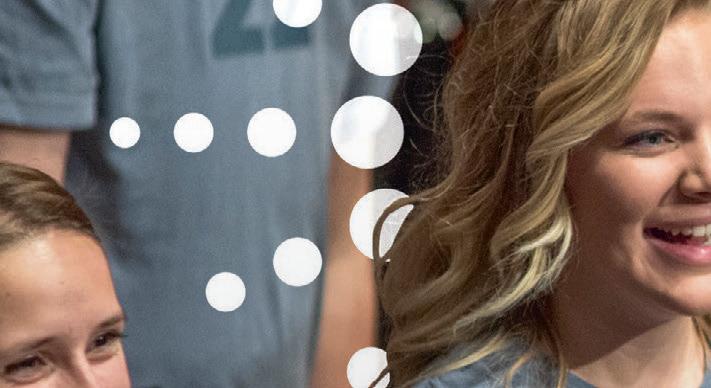









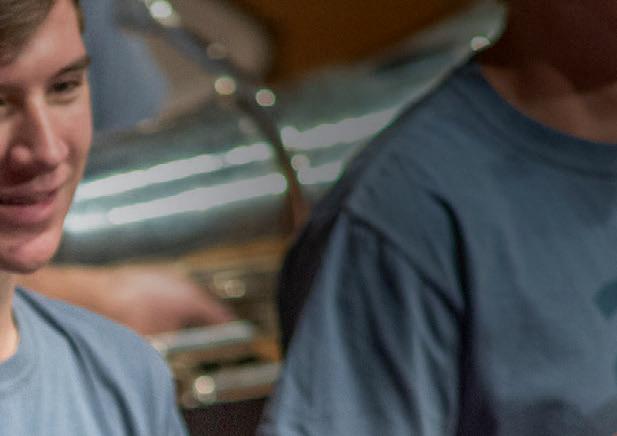


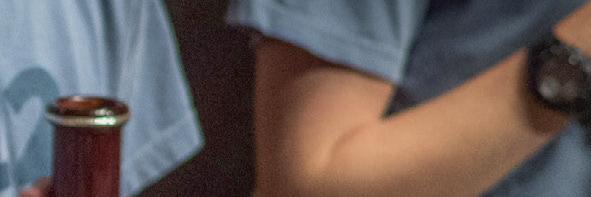









Pre-concert lectures are held in Reinberger Chamber Hall one hour prior to the performance.
MAR 14, 16 & 17
LEVIT PLAYS MOZART
Franz Welser-Möst, conductor
Igor Levit, piano
MOZART Piano Concerto No. 27
BRUCKNER Symphony No. 4, “Romantic”
Pre-concert lecture by Cicilia Yudha
SPRING
MAR 21 – 23
SIBELIUS’S SECOND SYMPHONY
Dalia Stasevska, conductor
Josefina Maldonado, mezzo-soprano
RAUTAVAARA Cantus Arcticus
PERRY Stabat Mater
SIBELIUS Symphony No. 2
Pre-concert lecture by Kevin McBrien
APR 4 & 6
CITY NOIR
John Adams, conductor
James McVinnie, organ
Timothy McAllister, saxophone
GABRIELLA SMITH Breathing Forests
DEBUSSY Prelude to the Afternoon of a Faun
JOHN ADAMS City Noir
Pre-concert lecture by Eric Charnofsky
APR 11 – 13
ELGAR’S CELLO CONCERTO
Klaus Mäkelä, conductor
Sol Gabetta, cello
Thomas Hampson, baritone *
The Cleveland Orchestra Chorus *
JIMMY LÓPEZ BELLIDO Perú negro
ELGAR Cello Concerto
WALTON Belshazzar’s Feast *
Pre-concert lecture by James Wilding
APR 14
RECITAL Schumann & Brahms
Evgeny Kissin, piano
Matthias Goerne, baritone R. SCHUMANN Dichterliebe
BRAHMS Four Ballades, Op. 10
BRAHMS Selected Songs
APR 18 – 20
RAVEL & STRAVINSKY
Klaus Mäkelä, conductor
Yuja Wang, piano
RAVEL Concerto for the Left Hand STRAVINSKY Concerto for Piano and Wind Instruments
STRAVINSKY The Rite of Spring
Pre-concert lecture by Caroline Oltmanns
*
APR 26 – 28
RACHMANINOFF’S SECOND PIANO CONCERTO
Lahav Shani, conductor
Beatrice Rana, piano
UNSUK CHIN subito con forza
RACHMANINOFF Piano Concerto No. 2
BARTÓK Concerto for Orchestra
Pre-concert lecture by James O’Leary
MAY 2 – 4
LANG LANG PLAYS SAINT-SAËNS
Franz Welser-Möst, conductor
Lang Lang, piano *
SAINT-SAËNS Piano Concerto No. 2 *
BERLIOZ Symphonie fantastique
Pre-concert lecture by Caroline Oltmanns
MAY 16, 18, 24 & 26
MOZART’S MAGIC FLUTE
Franz Welser-Möst, conductor
Nikolaus Habjan, director
Julian Prégardien, tenor
Ludwig Mittelhammer, baritone
Christina Landshamer, soprano
The Cleveland Orchestra Chorus
MOZART The Magic Flute
Staged production sung in German with projected supertitles
MAY 23 & 25
MOZART’S GRAN PARTITA
Franz Welser-Möst, conductor
Leila Josefowicz, violin
Trina Struble, harp
WAGNER Prelude and Liebestod from Tristan und Isolde
JÜRI REINVERE Concerto for Violin and Harp
MOZART Serenade No. 10, “Gran Partita”
Pre-concert lecture by Michael Strasser
